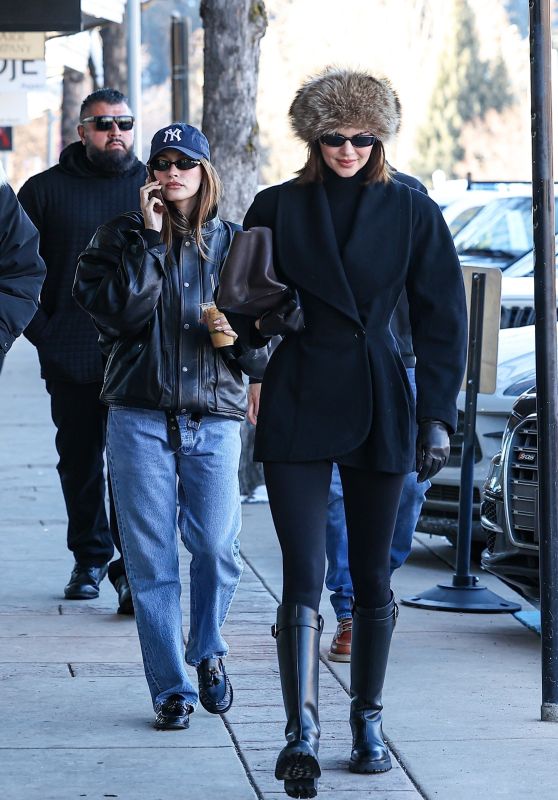A film of great superstition and wandering, there’s an incredible visual splendor to “Čiulbanti siela” — or “Twittering Soul” — even though its mere 70 minutes seem to last a lifetime. This feels like the point by the time it comes to a close, not long after its frequent hints of dreamlike quality have fully taken hold, and have taken thorough advantage of its stereoscopic 3D images.
Its loose plot concerns a pair of fiddlers traveling through the woods in late 19th century Lithuania, a setting that seems obscured, almost medieval, until one glimpses electricity on screen. The musicians eventually come across two young women discussing the afterlife. This, in turn, yields conversations about phantasmagorical happenings, which dovetail into events that may as well be dreams themselves — involving serpents, birds, and spindling witches — as the two outsiders eventually reach the women’s forested village, observing and absorbing these strange events along the way.


That’s really all that “happens” in the vein of traditional narrative (until a surprising climatic funeral, anyway). However, “Twittering Soul” doesn’t adhere to cinematic tradition, even though director Deimantas Narkevičius trains his lens on deep-seated beliefs and cultural rituals. These are often told through folk song and captured, by Narkevičius and cinematographers Eitvydas Doskus and Mindaugas Survila, in eye-popping 3D, the use of which reveals stunning dimensions if you know where to look.
In its opening minutes, the film smartly uses its opening credits (and even its subtitles) to establish a rigid sense of background, foreground, and plane of focus, within which it locks its characters and settings to the point of making them seem like miniatures. However, on occasion, some ethereal glow or lighting artifact will materialize in the forest, forcing the eye to try and discern its shape, its distance, and its meaning, without any of these having concrete or objective definition.
While his story staggers along, Narkevičius layers self-reflexive imagery throughout several scenes. Some characters observe paper cutouts against moving backdrops via magnifying glass, creating their own rudimentary 3D in the process, at a time when cinema was in its infancy. Others walk across lengthy halls divided by rows of doorways, creating a sense of mise en abyme that grows deeper, darker and more intriguing as it disappears into the horizon. It’s a feast for the eyes.
Narkevičius may not be a particularly interesting dramatist; his shorts have always been more arch and experimental. However, “Twittering Soul” is his first feature-length movie in 25 years, and only his second work in 3D (the last was nearly a decade ago). So, he makes deft use of the medium in pursuit of what feels like a necessary unburdening, on the precipice of some major change.
Perhaps it’s old age as he enters his sixties. Or perhaps it’s the world at large; political tides have always been at the forefront of his artistic thought, and these days, it’s hard not to feel like there’s a tsunami brewing. Either way, in “Twittering Soul,” these anxieties manifest as both the specter of death as well as the looming 20th century, a tug-of-war between tradition and modernity that yields surprisingly gripping sentiment in the movie’s ritualistic final act.
What doesn’t seem to change even as the world spins forward — as visual dimensions become indecipherable, and as the lines between dream and reality blur — is the weight of loss, and the burden of human emotions and experience. And so, in his own oblique way, Narkevičius crafts a deeply personal and, relatively speaking, straightforward piece that bides its time until, eventually, its pull becomes inescapable.
Grade: B-
Dekanalog releases “Twittering Soul” in select theaters today.
Want to stay up to date on IndieWire’s film reviews and critical thoughts? Subscribe here to our newly launched newsletter, In Review by David Ehrlich, in which our Chief Film Critic and Head Reviews Editor rounds up the best reviews, streaming picks, and offers some new musings, all only available to subscribers.




















 English (US) ·
English (US) ·